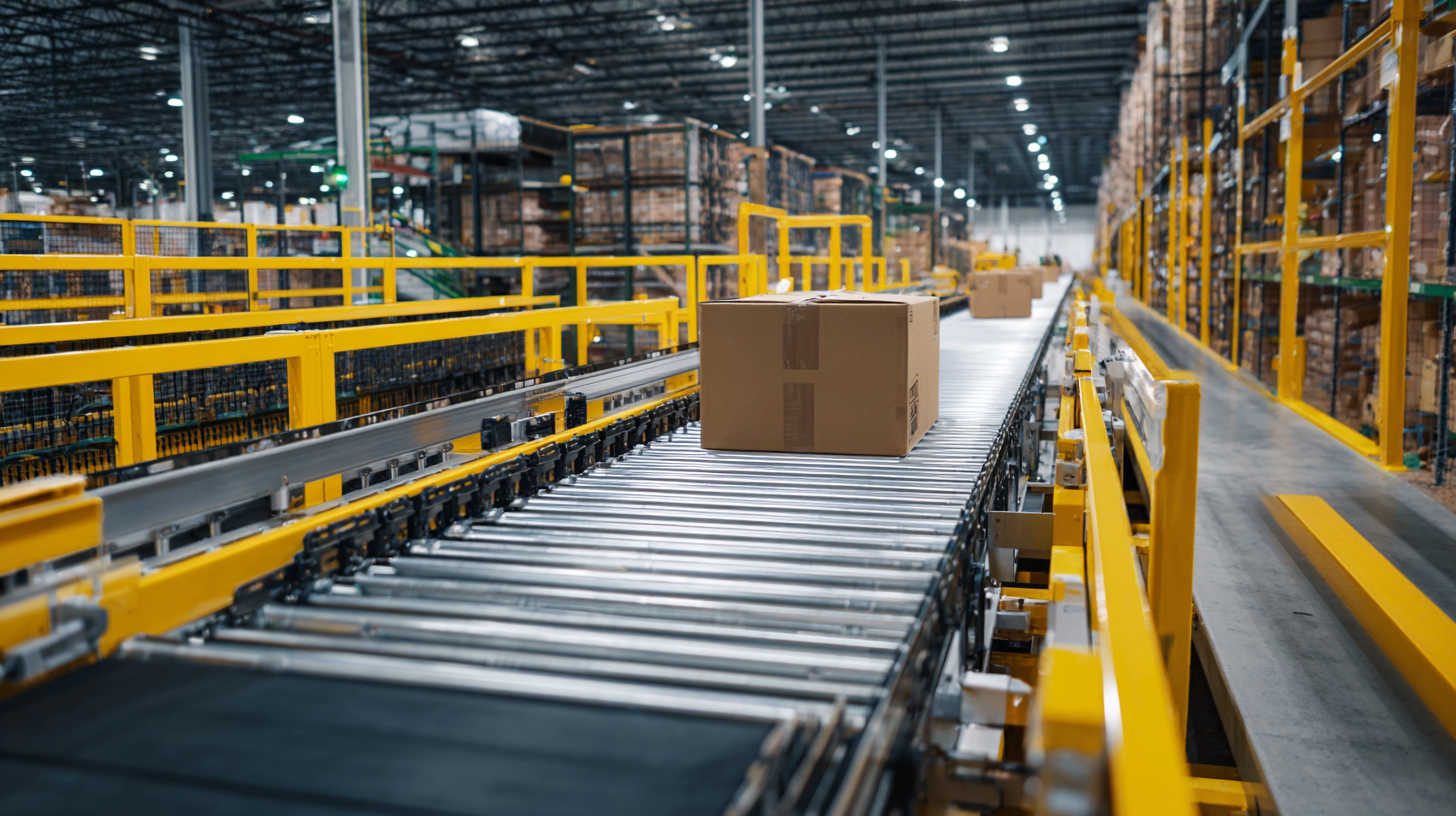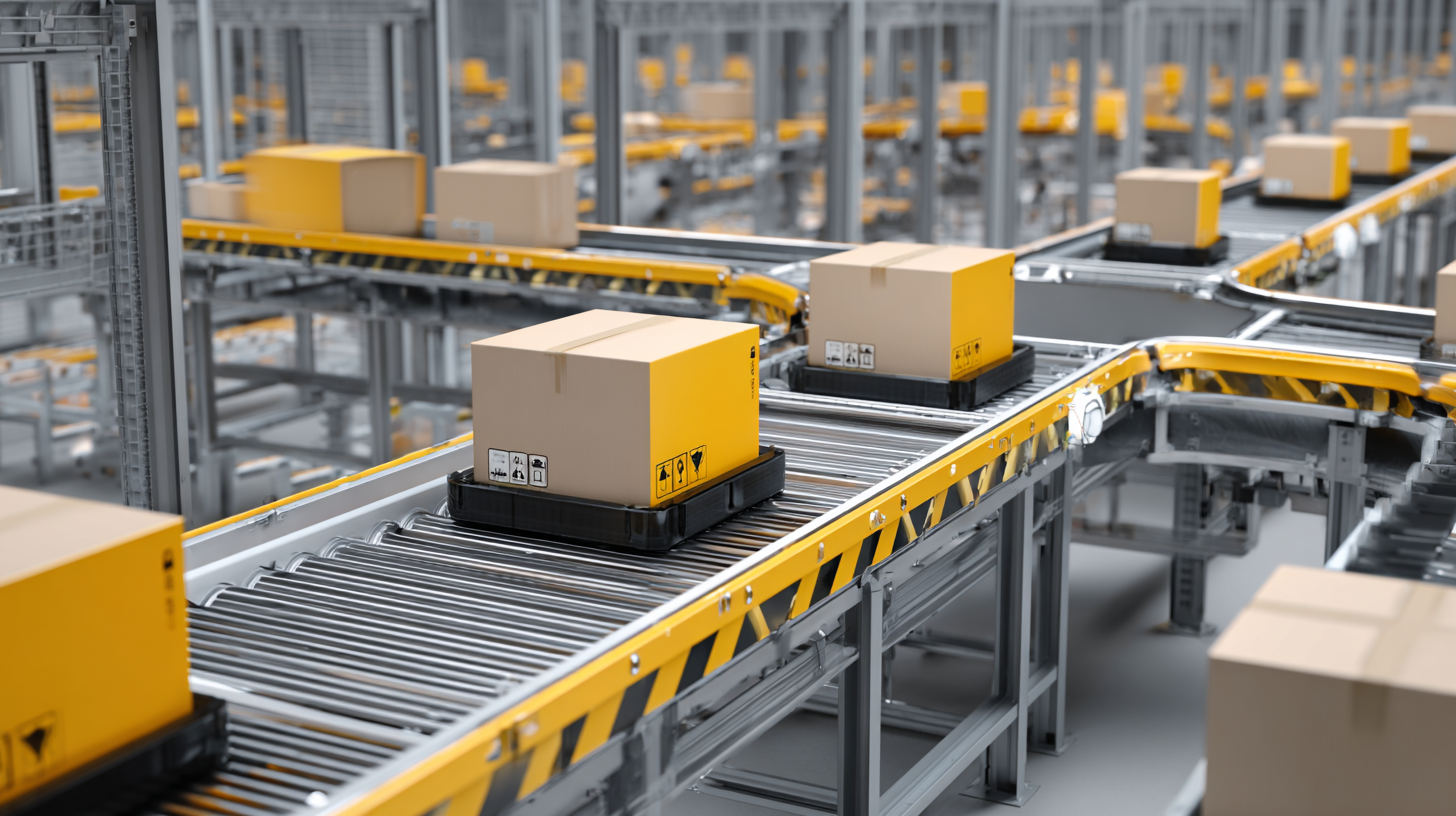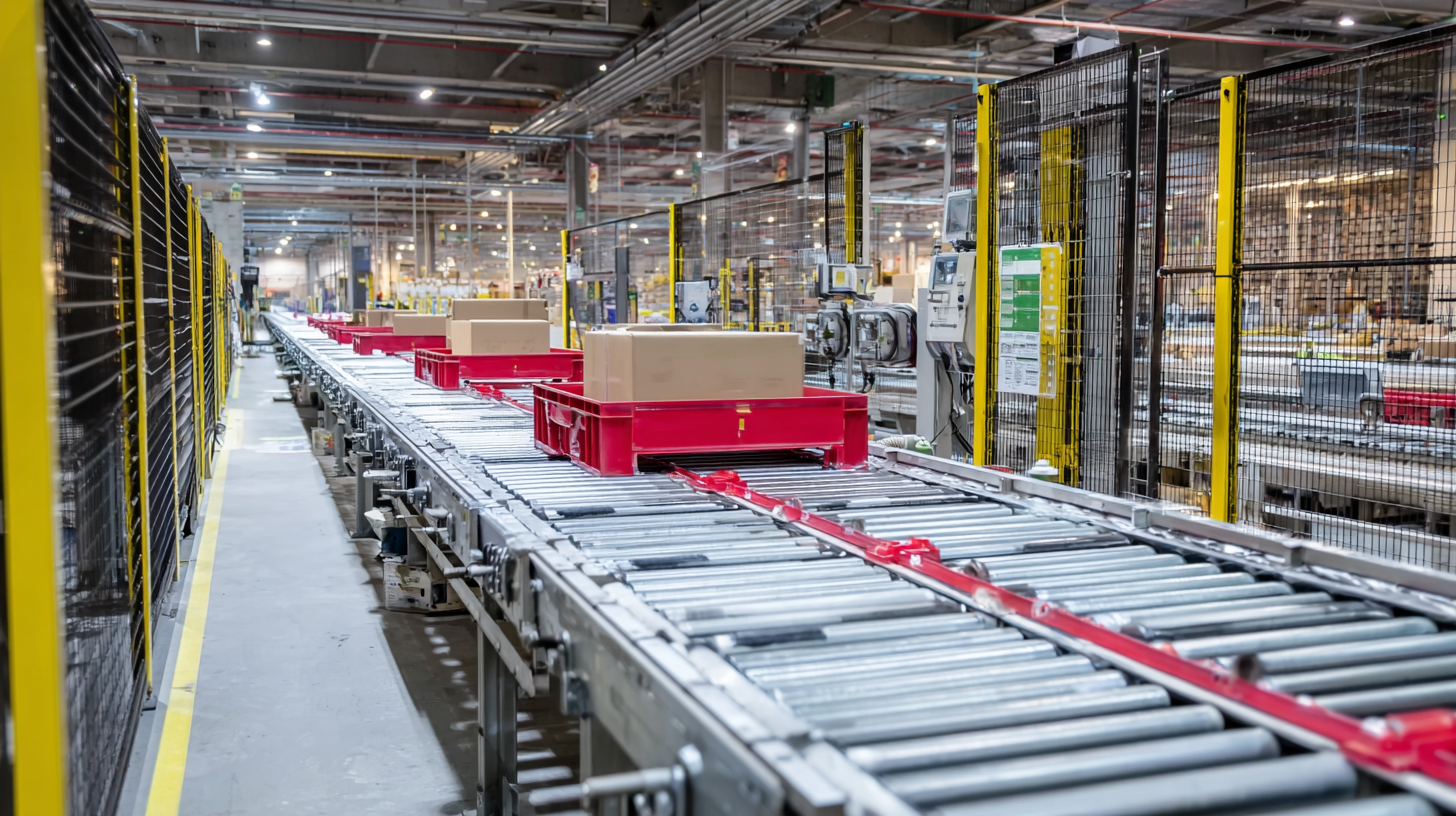In today's rapidly evolving industrial landscape, the integration of automation conveyor systems has become a pivotal factor in enhancing warehouse efficiency and achieving significant cost reductions. These advanced systems streamline material handling processes, facilitating faster movement of goods and minimizing manual labor requirements.

As businesses strive to meet the growing demands of consumers while maintaining competitive pricing, understanding the nuances of automation conveyor systems can provide critical insights into optimizing operational workflows. By analyzing their impact on productivity, inventory management, and overall cost-effectiveness, organizations can strategically implement these technologies to not only enhance performance but also drive sustainable growth in an increasingly automated world.
This guide will illuminate the essential aspects of automation conveyor systems and offer actionable strategies for leveraging their capabilities to transform warehouse operations.
In today's rapidly evolving logistics landscape, understanding the need for automation conveyor systems in your warehouse is crucial for enhancing efficiency and reducing costs. The implementation of Industry 4.0 technologies is driving demand for automated solutions that streamline operations. Companies seeking to adopt these systems should first evaluate their current workflows. Identifying bottlenecks and pain points will help in determining whether automation can provide significant improvements.
Tips: Conduct a thorough analysis of your warehouse operations, focusing on repetitive tasks and areas with high labor costs. This will help you prioritize which processes would benefit most from automation.
Furthermore, consider the integration of advanced technologies such as AI and robotics. These innovations can optimize the overall management of automated systems, leading to a more connected and efficient environment. Engaging with solution providers for a tailored analysis can assist in selecting the right conveyor systems to meet your specific needs.
Tips: Stay updated on the latest trends in automated material handling and seek out partnerships with technology providers who can offer insights into potential ROI and system compatibility.
When selecting the right automation conveyor system for your operations, it's crucial to assess your specific needs based on the type of products you handle and the complexity of your warehouse processes. According to a report by the Material Handling Industry of America, companies that implement automated conveyor systems can see productivity increases by 25% to 50%. It's essential to evaluate the layout of your warehouse and the flow of goods to ensure that the conveyor system aligns seamlessly with your existing processes.
Tip: Always consider future scalability when choosing an automation conveyor system. An optimal choice today should be adaptable to meet tomorrow's operational demands, especially as you scale your business. The right system will not only improve current efficiency but also accommodate growth without requiring significant additional investment.
Additionally, you should prioritize systems that offer real-time data integration and monitoring capabilities. A study from the Institute of Supply Chain Management indicates that warehouses with automation and data analytics can reduce operational costs by 10% to 30%. This insight emphasizes the importance of selecting tools that can provide visibility and control over your warehouse operations.
Tip: Engage with a vendor that provides comprehensive support, including installation, training, and maintenance, to ensure a smooth transition and sustained operation efficiency.
| Parameter | Before Automation | After Automation | Percentage Improvement |
|---|---|---|---|
| Order Fulfillment Time (hours) | 4 | 2 | 50% |
| Labor Costs ($) | 100,000 | 60,000 | 40% |
| Accidents/Incidents | 15 | 5 | 66.67% |
| Inventory Accuracy (%) | 85 | 98 | 15.29% |
| Throughput (units/hour) | 300 | 600 | 100% |
The implementation of automation conveyor systems in warehouses has become a critical strategy for maximizing operational efficiency and reducing costs. According to industry reports, companies that utilize advanced conveyor systems can achieve up to a 30% increase in throughput and a significant reduction in labor costs—often estimated at around 20%. These systems facilitate smoother workflows by minimizing manual handling, thus reducing human error and ensuring a faster response to fluctuating inventory demands.
 To achieve maximum efficiency with automation conveyor systems, businesses should focus on customizing solutions that align with their specific operational needs. Integrating AI-driven technologies allows for real-time monitoring and automation of inventory management, leading to a dynamic orchestration of supply chains. A recent study highlights that organizations leveraging AI in their warehouse operations reported a 40% improvement in order accuracy and a 25% reduction in lead times. By strategically selecting and implementing the right automation solutions, warehouses can transform their logistics processes, leading to enhanced productivity and substantial cost savings.
To achieve maximum efficiency with automation conveyor systems, businesses should focus on customizing solutions that align with their specific operational needs. Integrating AI-driven technologies allows for real-time monitoring and automation of inventory management, leading to a dynamic orchestration of supply chains. A recent study highlights that organizations leveraging AI in their warehouse operations reported a 40% improvement in order accuracy and a 25% reduction in lead times. By strategically selecting and implementing the right automation solutions, warehouses can transform their logistics processes, leading to enhanced productivity and substantial cost savings.
To maximize the benefits of automated conveyor systems in warehouses, effective staff training is essential. Research shows that well-trained staff can enhance warehouse productivity by up to 30%. This improvement occurs not only through increased speed in operations but also through a reduction in errors associated with manual handling. According to a report from the Warehousing Education and Research Council (WERC), businesses that implement comprehensive training programs report a 25% decrease in operational costs linked to inefficiencies and errors.
Training should encompass both technical skills and best practices for working alongside automation. Staff must understand how to operate conveyor systems, troubleshoot common issues, and perform routine maintenance. An industry survey by the National Association of Wholesaler-Distributors found that 68% of companies recognize the need for ongoing training in an automated environment, indicating that a proactive training approach correlates with sustained efficiency levels. Additionally, fostering a culture of adaptability can help workers embrace new technologies, thus reducing resistance to change and ultimately leading to a more streamlined warehouse operation.
This chart illustrates the significant improvements in warehouse efficiency and cost reduction after implementing automation conveyor systems. The data shows a transition from 60% efficiency with 20% cost reduction before automation to 85% efficiency and 40% cost reduction after automation.
 The return on investment (ROI) from automation conveyor systems in warehouses is a critical consideration as companies increasingly adopt these technologies. Measuring ROI begins with analyzing both tangible and intangible benefits. Tangible benefits like reduced labor costs, increased throughput, and decreased error rates can be quantified easily. For instance, businesses that implement automated systems often see a significant drop in operational expenses within the first 18 months, while productivity can skyrocket, allowing for quicker order fulfillment.
The return on investment (ROI) from automation conveyor systems in warehouses is a critical consideration as companies increasingly adopt these technologies. Measuring ROI begins with analyzing both tangible and intangible benefits. Tangible benefits like reduced labor costs, increased throughput, and decreased error rates can be quantified easily. For instance, businesses that implement automated systems often see a significant drop in operational expenses within the first 18 months, while productivity can skyrocket, allowing for quicker order fulfillment.
Furthermore, the ongoing changes in trade policies and tariffs present an additional layer of complexity for warehouses considering automation. Current market uncertainties may impact budgeting for these systems, forcing companies to reassess their financial projections. Investing in automation not only positions warehouses to better cope with fluctuating market conditions but also helps them remain competitive amid evolving supply chain challenges. This investment strategy underscores the importance of careful planning and analysis in realizing true ROI from automation conveyor systems.

